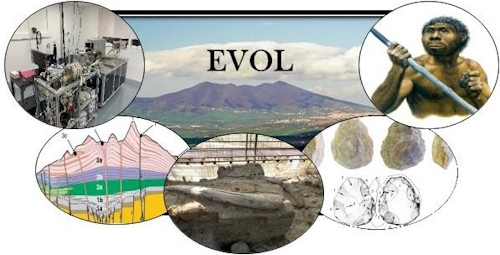
EVOL
EVolution and ChronOLogy of the lower Paleolithic in Basilicata (Italy)
Scientific responsibility :
- Sébastien Nomade
- Alison Pereira
- Roxane Rocca
- Mrie-Hélène Moncel
- Biagio Giaccio
Methodological axes :
Thematic fields :
Disciplinary sectors :
Funding :
- DIM PAMIR
Project ID : IDF-DIM-PAMIR-2023-4-010
Summary :
This PhD project aims to improve the current knowledge on the natures and rhythms of cultural and behavioral changes that occurred during the Lower Palaeolithic in Southern Italy (780,000 to ~350,000 years ago). In order to achieve this project, we will obtain robust geological, geochemical and chronological data for several major archaeological sites and geological sequences of this period (Basilicata). While obtaining reliable chronologies for sites associated with the emergence of the so-called “Acheulean” culture (shaping industries whose emblematic tool is the “biface”) in Europe is still a major obstacle to understanding the evolutionary changes of the European Palaeolithic as a whole, the Basilicata region, due to its geology, constitutes a unique laboratory on a European scale, favorable to the development of multidisciplinary approaches. This highly tectonic zone, associated with intense volcanic activity, is from a taphonomic point of view suitable to the conservation of remains (rapid burial) but also to their dating.
The objectives of the PhD are the following: 1) Improve the dating of the Cimitero di Atella, Notarchirico (base of the sequence) and Loreto sites (40Ar/39Ar dating, tephra geochemistry, ESR, ESR-U/Th dating). 2) Identify and study (sedimentology and geochronology) other localities of high archaeological and palaeoenvironmental potentials in the area; 3) Characterise from a geochemical and geochronological point of view the eruptive history of the Vulture volcano, the main source of the datable volcanic deposits in this area that are found in the archaeological and palaeoenvironmental surrounding sequences.
PhD student: Nicolas Musial

